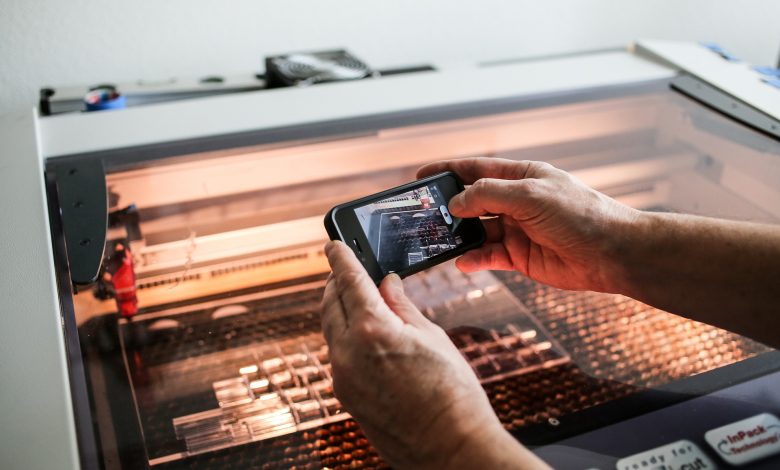Understanding the Difference between Ferrous and Non-Ferrous Metals

A common question asked by metal fabricators is, what’s the difference between non-ferrous and ferrous materials? Understanding the different types of materials is crucial to know what is best for the project. Keep reading to learn more about metals. It is also possible to visit Boss Laser on Facebook to learn more about this.
Ferrous Metals
Today’s ferrous metals have a much higher carbon content. Most of them are magnetic, which makes them beneficial for electrical and motor applications. The metals are popular because of their durability and strength. Also, ferrous metals are commonly used in the construction industry, along with transportation, large-scale piping, and more. In fact, these metals are what many day-to-day utensils and tools use.
Steel
Steel is considered one of the most popular materials used by metal fabricators today. It has versatile options and can be used anywhere from machinery to construction. Steel is a maintainable material that is well-known for its strength and its sturdiness. It can also be recycled without losing the quality, which makes the metal fitting for long-term development.
Carbon Steel
This is commonly used for industrial applications. The material is simple to work with and it is popular for fabricators because it can be finished in several ways. What this means is that carbon steel is able to withstand the harsher conditions that are present in an industrial environment.
Cast Iron
This is a tough material that is very resistant to wear. It is commonly used in stoves, automobile engines, machine tools, and water pipes.
Wrought Iron
Put simply, wrought iron is iron that is heated and then worked using tools. It is extremely flexible, which means it can be heated and then reheated. When this is done, it can be formed into a variety of shapes.
Non-Ferrous Metals
The most common non-ferrous metals include tin, zinc, lead, copper, and aluminum. These metal types have minimal iron content, which provides for higher resistance to corrosion and rust. Because of this, non-ferrous metals are commonly used for outdoor items, roofing, pipes for moving liquids, and gutters. Also, these metals are non-magnetic. This is essential for wiring and electronic functions.
Aluminium
This is a common material used in metal fabrication due to the lightweight nature of the material. This is something that is essential for all types of metal projects that must remain lightweight. It is particularly prevalent in the aerospace industry.
Copper
This is another popular material thanks to conductivity, flexibility, and strength. It is used for all types of materials, such as powder, castings, rods, and wires.
Zinc
The main use of zinc is galvanizing metal. This is done by immersing the part in a type of molten zinc or by coating it.
Lead
Lead is mainly used for electrical equipment, including batteries and cables. It is also used for building construction.
Nickel
This is solid and malleable metal. It is a composite and the non-ferrous metal can help increase impact values in lower temperature projects. Both nickel alloys and nickel are considered machinable and can be welded using arc and gas methods.

